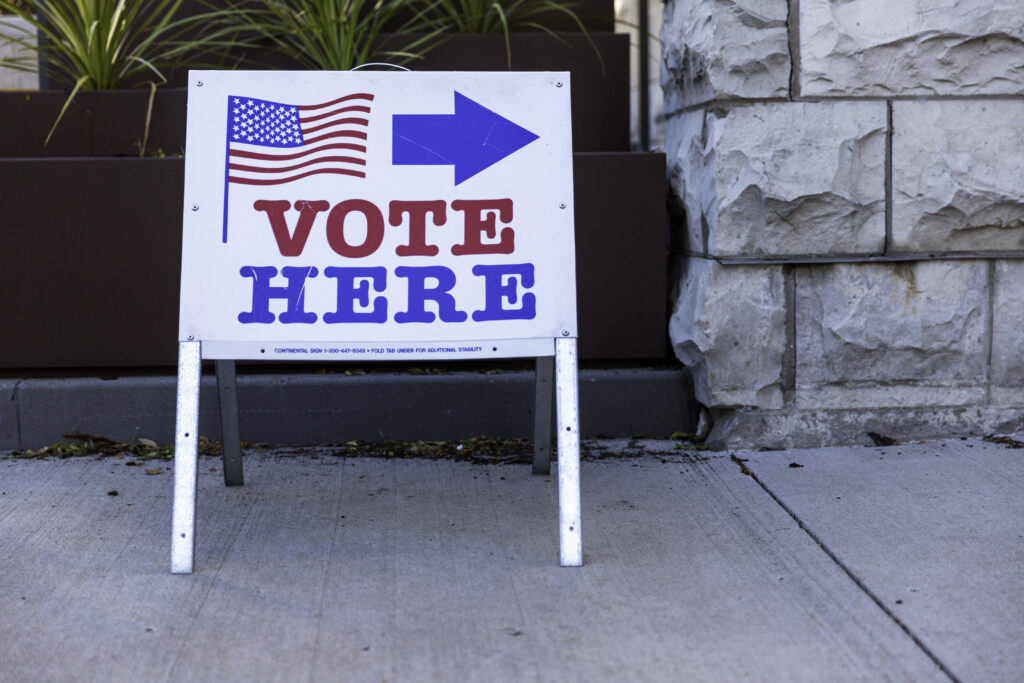An increasing number of public health officials from around the world are urging smokers to use electronic nicotine delivery systems (ENDS), including electronic cigarettes and vaporized tobacco products, to aid in smoking cessation. In September, NHS Health Scotland issued a joint statement with a dozen other health agencies, in which it noted, “[T]here is now agreement based on the current evidence that vaping e-cigarettes is less harmful than smoking tobacco.”
“E-cigarettes have been around for a number of years now and we are learning more and more about them, but I think it is safe to say that they are a lot safer than cigarettes,” said Dr. Andrew Fraser, director of public health science at NHS Health Scotland, in an interview with BBC Scotland.
The statement from NHS Scotland is the latest declaration by a prominent public health group urging the use of ENDS, but it’s certainly not the only one. In September 2017, University College London, with support from Cancer Research U.K., found, “Success rates for quitting smoking are at their highest level for a decade,” with much of the success attributed to ENDS.
The report was welcomed by George Butterworth, tobacco policy manager at Cancer Research U.K. He stated, “Research has shown that e-cigarettes are the most popular way to quit. The evidence so far tells us they’re much safer than smoking, and are helping many people beat their addiction.”
The latest evidence is consistent with earlier research conducted by other public health groups. In 2015, Public Health England urged officials to promote the use of ENDS after finding that such products “are 95% safer than tobacco cigarettes.”
Although many international public health groups have backed ENDS, their future in the United States is uncertain. In 2016, the Food and Drug Administration (FDA) applied its regulatory authority over ENDS, “deeming” them as tobacco products. The adjustment requires manufactures of ENDS products created after 2007 to submit pre-market tobacco applications (PMTA). The process requires expensive scientific research on the potential health hazards associated with ENDS, and FDA then must approve the applications in order for ENDS manufacturers to continue the distribution of their products after August 8, 2022. According to the American Medical Association House of Delegates, the expected cost, according to FDA, of each PMTA is $350,000.
Some states have also chosen to apply draconian taxes to vaping products, significantly creating a negative impact on the industry. In 2016, Pennsylvania passed a 40 percent tax on the wholesale price of ENDS. The tax has “caused more than 100 vapor product businesses to close, resulting in the loss of several hundred jobs in the industry.”
In 2010, 8.7 percent of U.S. health care spending, about $170 billion per year, was attributable to tobacco cigarettes. ENDS could help offset health care costs, an argument J. Scott Moody, chief executive officer and chief economist at State Budget Solutions, made in a 2015 Policy Analysis. Moody examined the associated costs of tobacco cigarette smoking on Medicaid spending and estimated that if ENDS had been adopted in place of tobacco cigarettes, savings to Medicaid expenses could have amounted to $48 billion by 2012.
Policymakers should continue to analyze the growing body of literature on e-cigarettes and ENDs and understand the importance of ENDS as tools for tobacco harm reduction. Rather than demonize ENDS, state officials should welcome their use and refrain from imposing unnecessary regulations on them and from treating them as though they are similar to combustible cigarettes.
The following documents offer additional information on ENDS and tobacco harm reduction.
Vaping, E-Cigarettes, and Public Policy Toward Alternatives to Smoking
https://heartland.org/publications-resources/publications/vaping-e-cigarettes-and-public-policy-toward-alternatives-to-smoking
For decades, lawmakers and regulators have used taxes, bans, and burdensome regulations as part of their attempt to reduce the negative health effects of smoking. Recently, some have sought to extend those policies to electronic cigarettes. This booklet from The Heartland Institute urges policymakers to re-think that tax-and-regulate strategy. Policymakers should be mindful of the extensive research that supports tobacco harm reduction and understand bans, excessive regulations, and high taxes on e-cigarettes often encourage smokers to continue using more-harmful traditional cigarette products.
Qualitative Study on E-cigarettes Shows More Evidence of Tobacco Harm Reduction
https://heartland.org/publications-resources/publications/qualitative-study-on-e-cigarettes-shows-more-evidence-of-tobacco-harm-reduction?source=policybot
In this Research & Commentary, Heartland Institute Government Relations Coordinator Lindsey Stroud examines a study, published in The International Journal of Environmental Research and Public Health in June 2016, that provides additional evidence showing e-cigarettes and vaporized nicotine products (VNPs) are an effective tobacco harm-reduction tool.
Research & Commentary: Study Reports Health Benefits from E-cigarette Use
https://heartland.org/policy-documents/study-reports-health-benefits-e-cigarette-use
In June 2016, the British Medical Journal published a study that examined electronic cigarette use after 24 months. Finding a 40 percent disparity between smokers who used e-cigarettes to quit smoking and smokers who did not use e-cigarettes, the authors found, “[E]-cigarette use alone might support tobacco quitters remaining abstinent from smoking.” In this Research & Commentary, Government Relations Coordinator Lindsey Stroud argues the growing body of evidence suggests the Food and Drug Administration may have been too hasty in its May 2016 decision to regulate e-cigarettes as tobacco products.
Research & Commentary: Electronic Cigarettes
http://heartland.org/policy-documents/research-commentary-electronic-cigarettes
Heartland Institute Senior Policy Analyst Matthew Glans examines electronic cigarettes, tobacco harm reduction, and various proposals to regulate e-cigarette use. E-cigarettes have become one of the most popular nicotine replacement products and a key building block in tobacco harm reduction strategies.
Nicotine without smoke: Tobacco harm reduction
https://heartland.org/policy-documents/nicotine-without-smoke-tobacco-harm-reduction
This report aims to provide a fresh update on the use of harm reduction in tobacco smoking, in relation to all non-tobacco nicotine products but particularly e-cigarettes. It concludes that, for all the potential risks involved, harm reduction has huge potential to prevent death and disability from tobacco use, and to hasten our progress to a tobacco-free society.
Research & Commentary: New CDC Report Finds Vaping Helps Smokers Quit
https://heartland.org/policy-documents/research-commentary-new-cdc-report-finds-vaping-helps-smokers-quit
A report released by the Centers for Disease Control and Prevention (CDC) found only 0.4 percent of the people who had never smoked tobacco in a CDC study group are current vapers, which the report defines as using a vaping device either every day or some days. The CDC report, the first of its kind, estimates e-cigarette use among U.S. adults using a nationally representative household survey. The report finds only 3.4 percent of adults who have never smoked have tried an e-cigarette; 12.6 percent of Americans have tried an e-cigarette; and fewer than 4 percent of the U.S. population are regular e-cigarette users.




